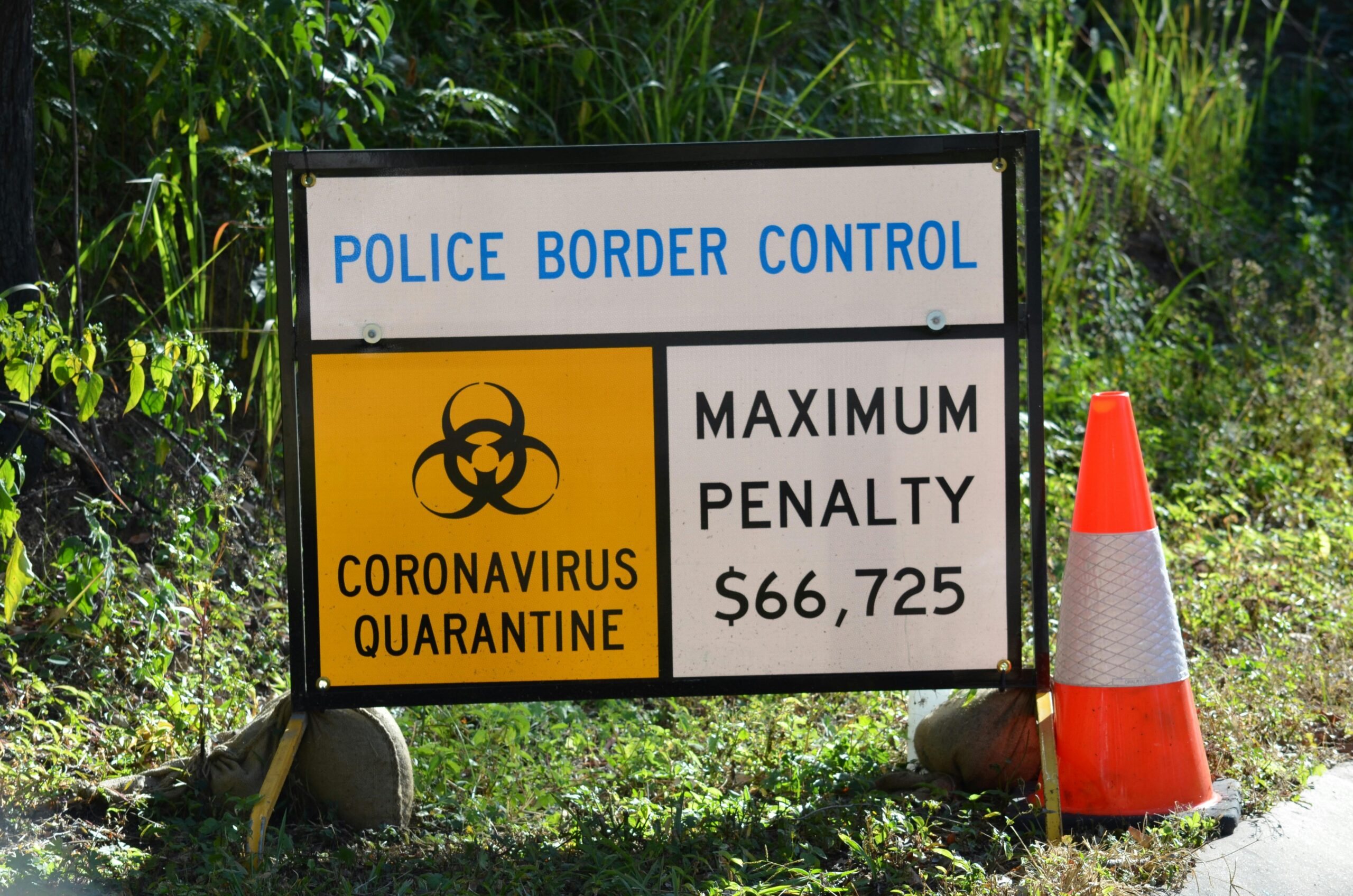Borders have always fascinated us—lines drawn on maps that separate countries, cultures, and communities. But behind these invisible boundaries lies a web of complex challenges faced by those tasked with guarding them. Border policing isn’t just about stopping people from crossing; it’s a delicate balance of security, humanity, politics, and technology. In this article, we’ll step beyond the headlines to explore the intricate realities that border officers navigate every day and uncover why policing these lines is far more complicated than it seems. Ready to cross into this fascinating world? Let’s dive in.
Table of Contents
- Understanding the Human Impact Behind Border Enforcement
- Navigating the Legal Maze of Cross-Border Jurisdictions
- Technology at the Frontier How Innovation Shapes Policing
- Building Bridges Not Barriers Community-Led Solutions for Safer Borders
- In Conclusion
Understanding the Human Impact Behind Border Enforcement
Every checkpoint, every patrol, and every surveillance camera stands as a silent witness to countless untold stories. Behind the metal fences and stringent protocols lie human lives shaped—or shattered—by the realities of border enforcement. It’s easy to pigeonhole the process as simply a matter of law and order, but the truth stretches far deeper. Families get separated, dreams are deferred, and the emotional toll on both migrants and officers alike often goes unacknowledged. The human dimension introduces layers of complexity, where empathy battles with authority, and compassion wrestles with policy.
Consider these factors shaping the experience beyond the statistics:
- Psychological strain: Border officers frequently face moral dilemmas and traumatic encounters, leading to burnout and stress-related disorders.
- Displacement effects: Migrants often leave behind homes ravaged by conflict or poverty, adding urgency to their decisions despite the risks involved.
- Community impacts: Entire border towns live at the intersection of enforcement and migration, where local economies and social dynamics shift constantly.
Understanding these nuanced human elements challenges us to rethink what border enforcement truly means—not just in terms of security, but as a narrative interwoven with identity, resilience, and the unyielding pursuit of a better life.
Navigating the Legal Maze of Cross-Border Jurisdictions
Delving into the intricate world where multiple legal systems collide reveals a labyrinth that challenges even the most seasoned border officials. When a single incident spans different sovereign territories, questions arise not just about which laws apply, but how they interconnect, overlap, and at times, directly conflict. It’s a delicate dance between respecting national sovereignty and ensuring seamless enforcement. For example, a case involving smuggling might simultaneously breach customs laws in two countries, leaving authorities to navigate:
- Varied legal definitions of contraband and prohibited goods;
- Divergent case procedures that can slow down prosecution;
- Contrasting evidentiary standards that complicate evidence sharing;
- Disparate rights of the accused creating fairness dilemmas.
Moreover, cross-border jurisdictional disputes often lead to diplomatic friction, where law enforcement must operate under the close watch of international relations. The balance shifts between operational effectiveness and legal prudence, pushing policymakers to craft innovative agreements and bilateral treaties. These legal frameworks often require border policing agencies to adopt approaches that are not only legally compliant but also adaptable, fostering cooperation that transcends traditional boundaries — a testament to the complexity and necessity of mastering this legal maze.
Technology at the Frontier How Innovation Shapes Policing
In a landscape where every crossing point holds a story, modern policing technologies push the boundaries of what is possible. Drones equipped with thermal imaging sweep vast borders, while AI-driven analytics comb through massive data streams to predict movement patterns with staggering accuracy. These tools transform traditional patrols into sophisticated operations, enabling officers to anticipate threats before they materialize. Yet, with innovation comes the challenge of balancing efficacy and ethics; the line between surveillance and privacy blurs as sensors become more invasive and data more detailed.
Amid evolving threats, law enforcement agencies explore an array of cutting-edge instruments that redefine their reach and capabilities. Among these are:
- Biometric verification systems that authenticate identities within seconds, streamlining border checks.
- Real-time communication networks enhancing coordination between units dispersed over challenging terrains.
- Predictive modeling software that identifies potential hotspots for illegal crossings or trafficking.
Each advancement fuels a dynamic interplay between technology and human intuition, unraveling new possibilities while raising questions about control, accountability, and the very nature of security.
Building Bridges Not Barriers Community-Led Solutions for Safer Borders
In addressing the complexities of border security, local communities are proving to be invaluable actors in shaping safer, more humane approaches that transcend traditional enforcement methods. Rather than perpetuating walls—both physical and metaphorical—villagers, activists, and cross-border residents are crafting innovative strategies that foster trust and mutual understanding. These community-led initiatives often prioritize collaboration over confrontation, highlighting the importance of dialogue, cultural exchange, and shared responsibility in areas often overlooked by top-down policies.
Some of the most impactful efforts include:
- Community patrols: Groups trained to monitor and report without resorting to aggressive tactics, emphasizing prevention and support.
- Cross-border cultural events: Bringing together diverse voices to nurture empathy and dismantle stereotypes that fuel fear and division.
- Local mediation programs: Offering conflict resolution frameworks that address disputes humanely and efficiently, reducing reliance on punitive measures.
These examples reveal that borders need not be battlegrounds, but rather spaces where innovative, community-driven solutions can rewrite the narrative of safety and sovereignty. As these models gain momentum, they challenge us to reconsider what effective border management truly looks like in the 21st century.
In Conclusion
As we’ve seen, border policing sits at a tangled crossroads of security, human rights, and geopolitics. The challenges aren’t just about lines on a map—they ripple through communities, policies, and global relations in ways that are anything but straightforward. There’s no one-size-fits-all answer, but by staying curious and informed, we can better understand the nuances behind the headlines and maybe even spark more thoughtful conversations about what it means to protect borders in an ever-changing world. What do you think—where should we draw the line?












